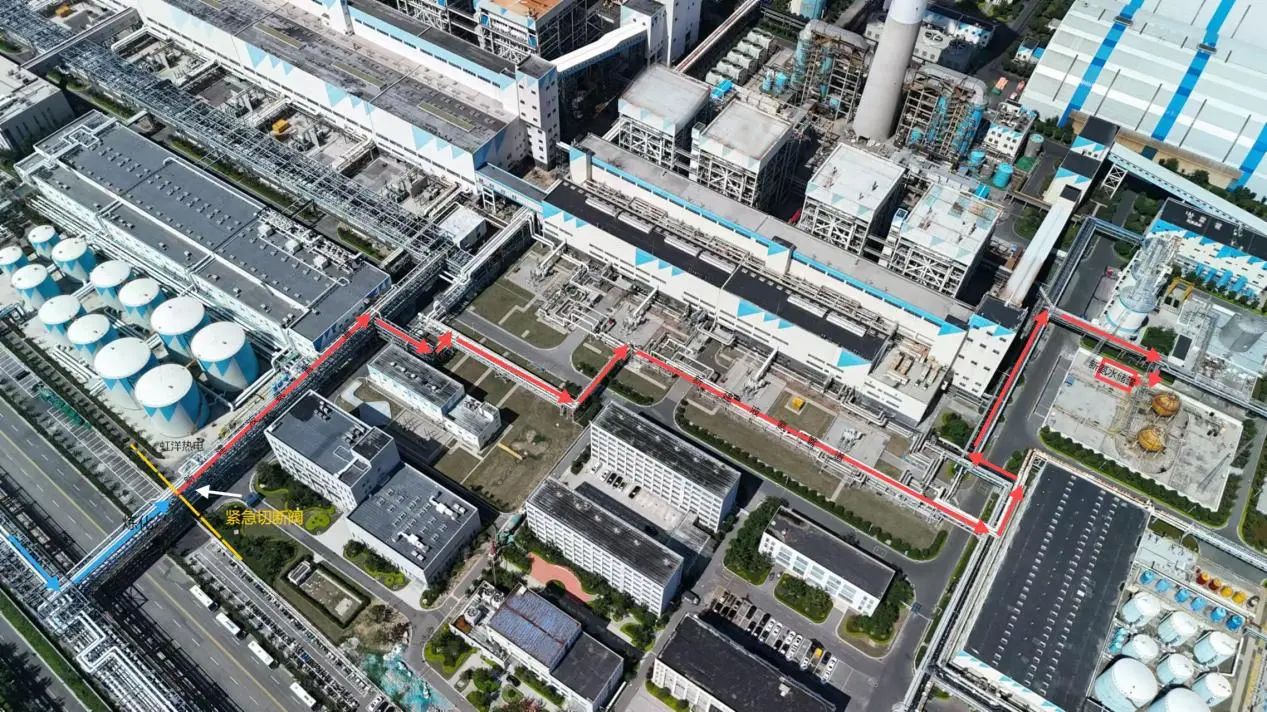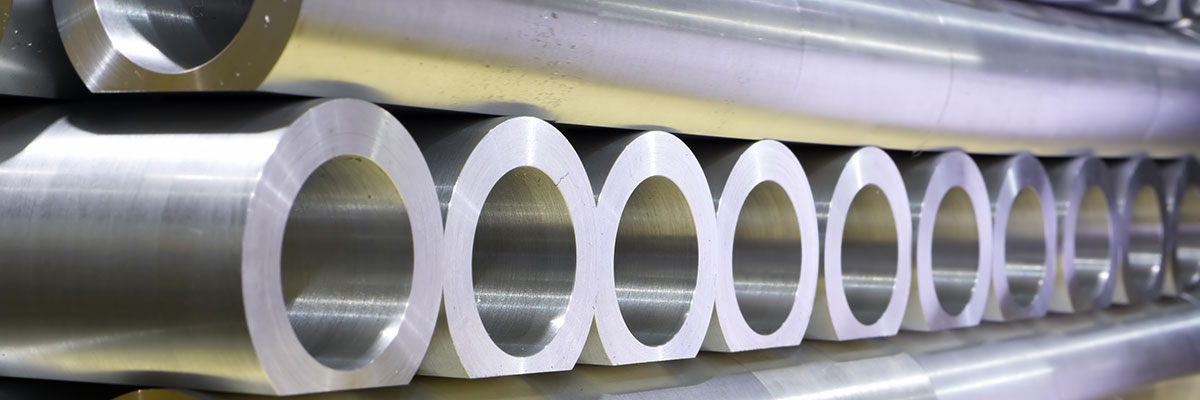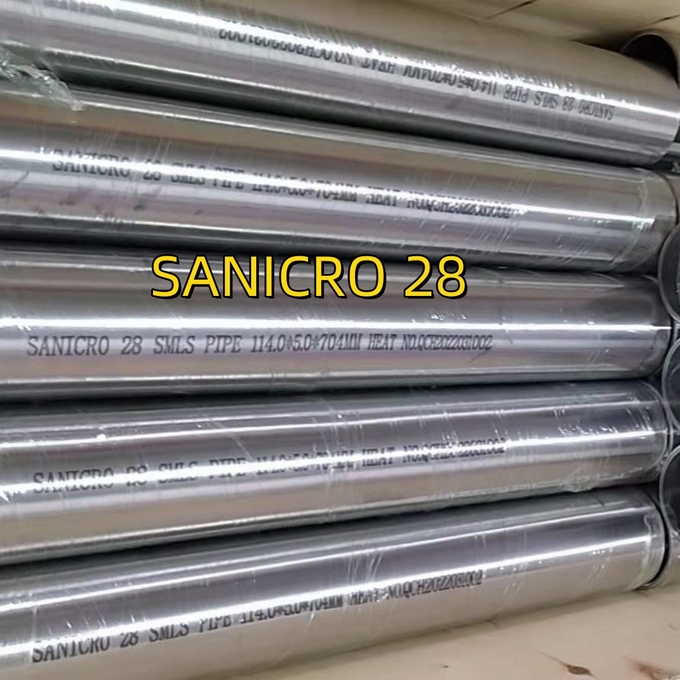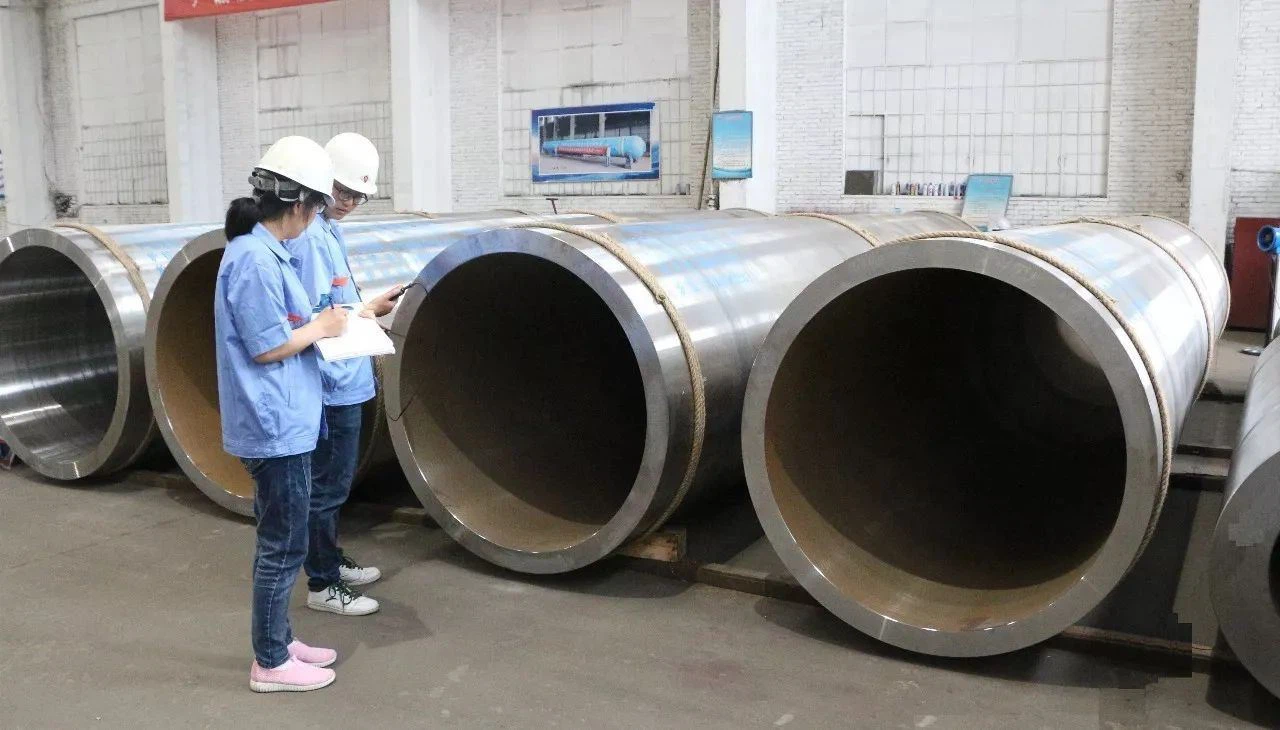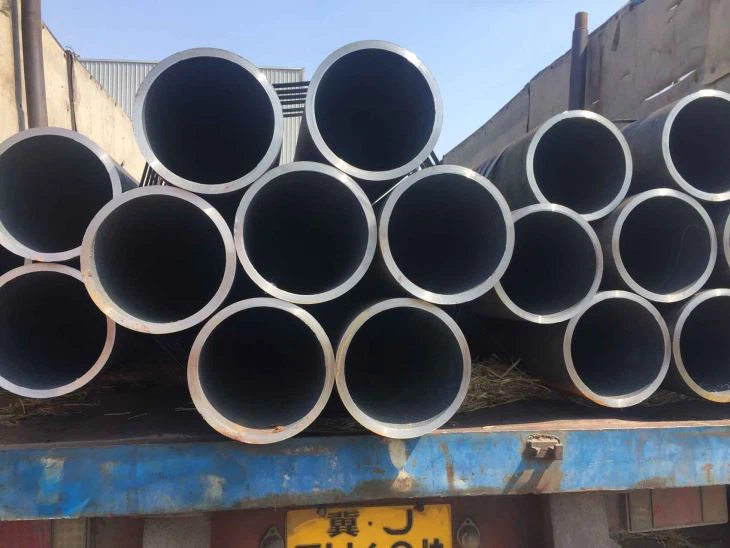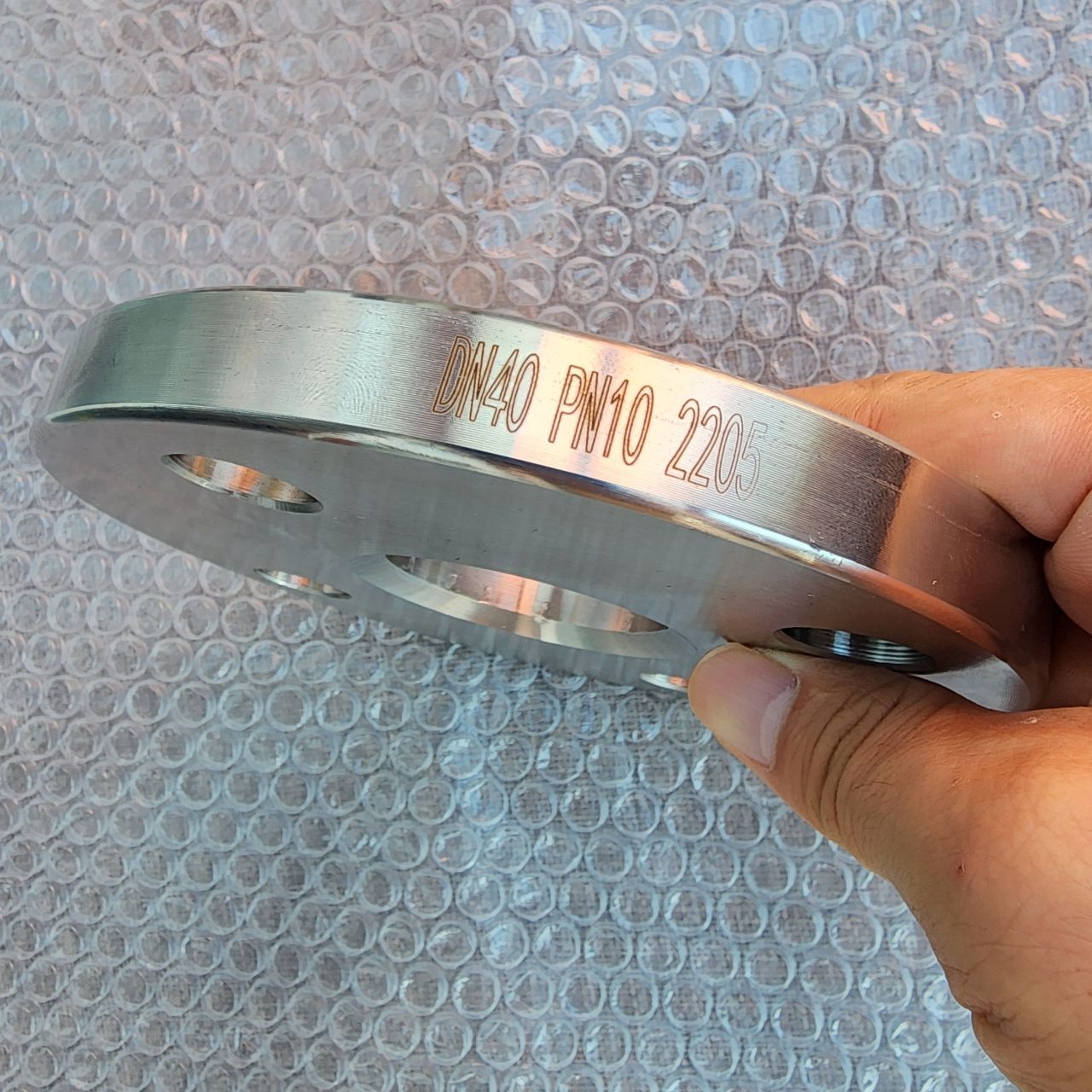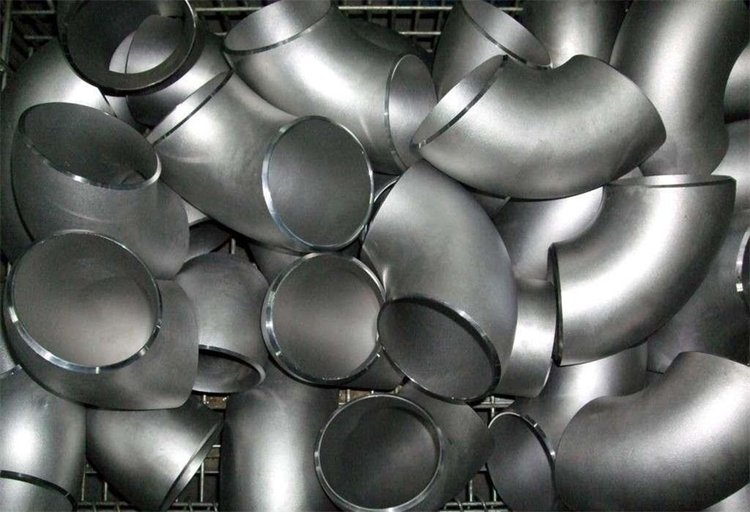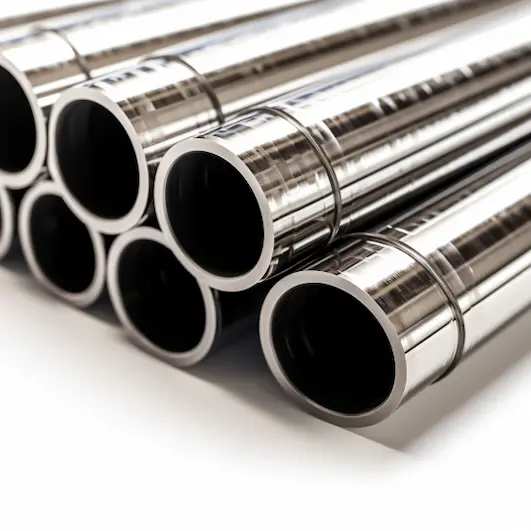Interpret and exceed complex technical specifications Maintain rigorous quality control across global supply chains Deliver mission-critical components on accelerated timelines Provide ongoing technical support throughout product lifecycle
Admin
En resumen, Aleación 602 California (2.4633, N06025) represents a pinnacle of materials engineering, blending exceptional properties with practical utility. Its standards ensure quality, its composition delivers performance, and its applications span critical industries. Whether in a chemical reactor, a power plant furnace, or a diesel engine, Aleación 602 CA proves its worth as a material built for the toughest challenges.
Incoloy 28 (US N08028 / W.. Nr. 1.4563) La tubería de acero de aleación se destaca como un material principal para las industrias que requieren resistencia de corrosión excepcional y resistencia mecánica. Su composición cuidadosamente diseñada, adhesión a estándares estrictos, y la versatilidad en dimensiones y formularios lo convierte en una opción confiable para aplicaciones críticas. Las tablas detalladas proporcionadas, parámetros que se encuentran, dimensiones, pruebas, calificaciones de presión, composición química, y propiedades mecánicas: ofrecen un recurso integral para comprender y especificar esta aleación. Si se usa en plantas químicas, campos petroleros, o sistemas marinos, Incoloy 28 ofrece un rendimiento incomparable, Garantizar la seguridad y la eficiencia en los entornos más exigentes.
Tuberías de acero sin costuras de paredes gruesas de diámetro, producido a través de procesos avanzados como perforación en caliente y tratamiento térmico, ofrecer una fuerza y confiabilidad excepcionales. Grados internacionales de EN (p.ej., 34CrMo4) y astm (p.ej., A519 4140) junto con los estándares de GB satisfacen diversas necesidades, Desde cilindros hidráulicos hasta infraestructura energética, Asegurar el rendimiento bajo alta presión y estrés.
Para cilindros hidráulicos de alta presión, tuberías de acero sin costuras como ST52 (E355), SAE 4140 (42CrMo), 37Minnesota, y 34CRMO4 son ampliamente utilizados, adherido a los estándares como DIN 2391, ASTM A519, y GB 18248. Estos grados ofrecen la fuerza necesaria, tenacidad, y precisión para garantizar la seguridad y el rendimiento bajo presiones extremas. La selección depende de requisitos de presión específicos, condición ambiental, y procesos de fabricación como perfeccionar o tratamiento térmico.
La soldadura de tuberías de UNS N08825 exige un enfoque holístico que integre la ciencia de los materiales, ingeniería de procesos, y estricto control de calidad. Optimizando los parámetros TIG/MIG/SMAW, Mitigando defectos a través de tratamientos previos/post-soldados, y adherirse a los estándares internacionales, Las industrias pueden aprovechar el máximo potencial de la aleación en entornos corrosivos y de alta temperatura. Los avances continuos en las tecnologías de soldadura prometen una mayor eficiencia y confiabilidad para futuras aplicaciones.
Soldadura 625 y P22 requiere un control meticuloso de los gradientes térmicos, selección de relleno, y tratamientos post-soldados para abordar las incompatibilidades metalúrgicas. Estándares de la industria y procesos avanzados (p.ej., Embalsar, soldadura por láser) Mejorar la fiabilidad conjunta en aplicaciones críticas. La innovación continua en la tecnología de soldadura optimizará aún más estas juntas diferentes para entornos extremos.
2205 duplex steel plate flat welding flange (HG/T 20592 DN40 PN10 PLRF) combines the corrosion resistance of the material with the lightweight advantages of the structure, and is suitable for medium and low pressure corrosive environments such as chemical industry and marine engineering. Its design must strictly follow the size and pressure specifications of HG/T 20592, and pay attention to the welding process and maintenance requirements during processing and use to ensure long-term reliability.
Monel K-500 es una aleación a base de níquel-cobre de alto rendimiento con excelente resistencia a la corrosión y propiedades mecánicas, suitable for a variety of industrial applications. Its good welding properties and processability make it have high flexibility in the manufacturing process. Through appropriate heat treatment processes, its performance can be further improved and the needs of different working conditions can be met.
Through the welding practice of more than 400 dyne ports in the gasification section of the Liuguo Chemical Ammonia Synthesis Device, it is shown that the above welding process can completely ensure the welding quality. Judging from the result of the passing rate of 96%, it is sufficient. Prove this.

